US News
Michigan dairy worker tests positive for H5N1 bird flu
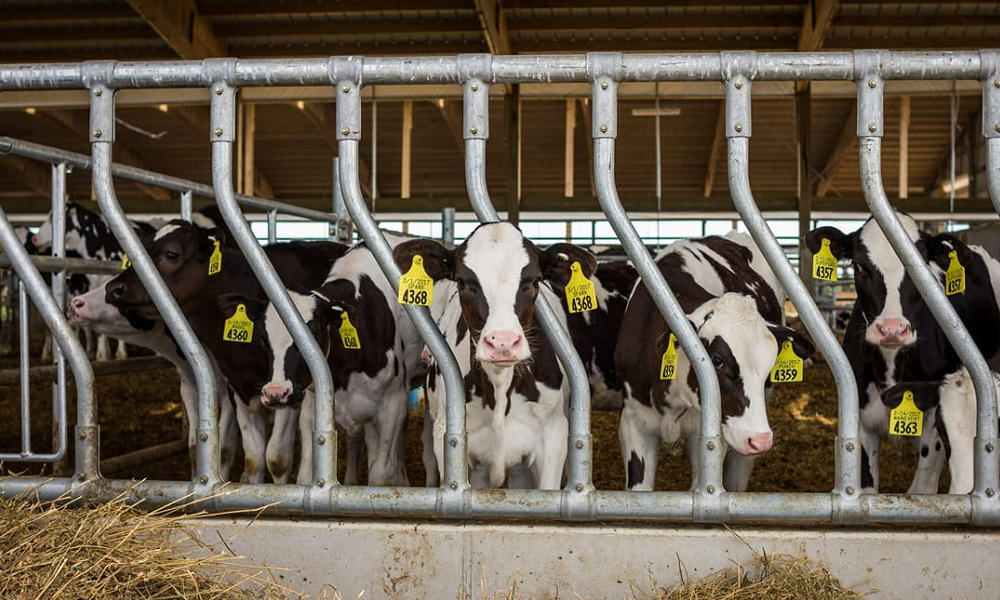
A farmworker in Michigan has tested positive for H5N1 bird flu, making it the second human case in connection with a growing outbreak among dairy cows, according to state and federal officials. The worker had only mild symptoms.
The farmworker was tested after reporting an eye infection to local health officials who are monitoring dairy workers with exposure to infected cows. An eye swab confirmed the infection after a nasal swab came back negative.
“While it’s not known exactly how eye infections result from avian influenza exposures, it may be from contamination of the eye(s), potentially with a splash of contaminated fluid, or touching the eye(s) with something contaminated with A(H5N1) virus, such as a hand,” the CDC said in a statement.
During the past few months, high levels of H5N1 bird flu have been found in unpasteurized milk from infected cows. Health officials however have emphasized that pasteurized milk remains safe for human consumption.
Last month, a dairy worker in Texas was also infected with bird flu, reporting eye redness as their only symptom. Both patients have since fully recovered and there is no indication of human-to-human transmission.
The global spread of H5N1 clade 2.3.4.4b – and the recent spread to a growing number of mammals – has raised concern about the possibility of human-to-human transmission from a future variant, though so far only a few human cases have been found after contact with infected birds or cattle.
The announcement in Michigan came just hours after another human case was reported in Australia, where a child became seriously ill after flying back from India. This case however involved an older variant and not the one which is currently causing concern.
Nine human cases of H5N1 bird flu have been reported across the world so far this year, including 5 in Cambodia, 1 in Texas, 1 in Michigan, 1 in Australia, and 1 in Vietnam. Only the U.S. cases – in Michigan and Texas – were caused by the newer variant, clade 2.3.4.4b.
The U.S. Department of Agriculture (USDA) announced in late March that bird flu had been found in dairy cows in Kansas and Texas, making those the first-ever cases in cattle. The number of outbreaks at dairy farms has since risen to 56 in 9 states. But unlike many other animals, H5N1 is not causing significant mortality in cows.
Earlier this week, the CDC asked state health departments to continue influenza surveillance at enhanced levels throughout the summer to help detect potential cases of H5N1 bird flu in the community. More samples will also be submitted for subtyping to help distinguish between seasonal flu and H5N1.
“CDC is committed to supporting state and local public health officials and will continue to provide information to support their H5N1 influenza response efforts,” the agency said in a statement on Tuesday.
Earlier this month, the U.S. government announced nearly $200 million in funding to fight the spread of H5N1 bird flu in dairy cows, including support for dairy farms, testing, vaccine development, surveillance and measures to ensure the safety of commercial milk.
Human bird flu cases in the U.S.
| May 2024 | Michigan | H5N1 | Mild symptoms | Linked to dairy cows |
| April 2024 | Texas | H5N1 | Mild symptoms | Linked to dairy cows |
| April 2022 | Colorado | H5N1 | Mild symptoms | Linked to poultry |
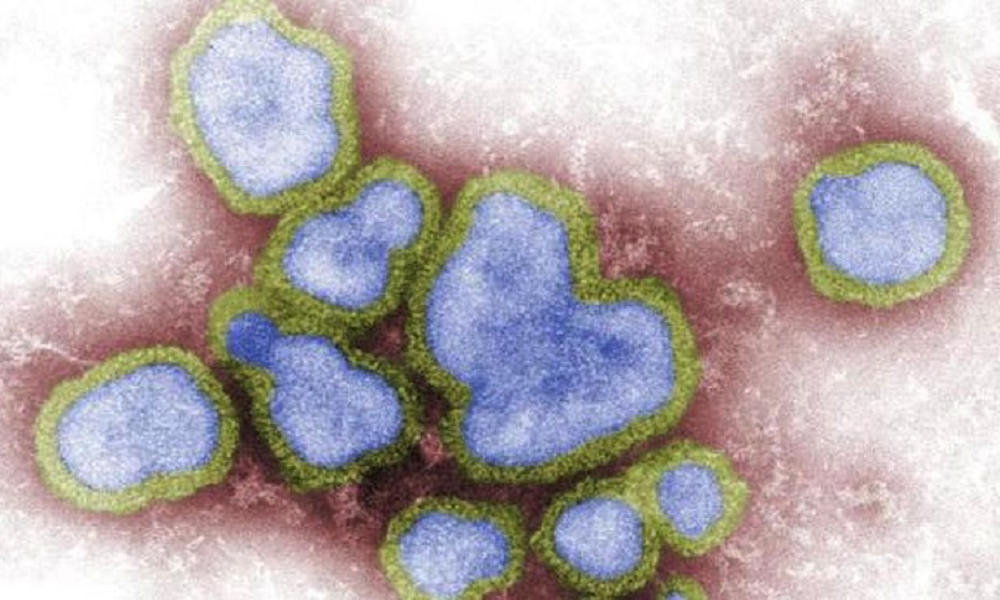

-
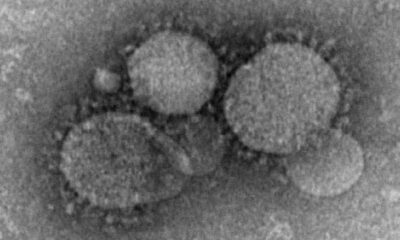
 Health4 days ago
Health4 days agoFrance confirms 2 MERS coronavirus cases in returning travelers
-

 Health6 days ago
Health6 days ago8 kittens die of H5N1 bird flu in the Netherlands
-

 Entertainment4 days ago
Entertainment4 days agoJoey Valence & Brae criticize DHS over unauthorized use of their music
-

 Legal1 week ago
Legal1 week ago15 people shot, 4 killed, at birthday party in Stockton, California
-

 US News6 days ago
US News6 days agoFire breaks out at Raleigh Convention Center in North Carolina
-
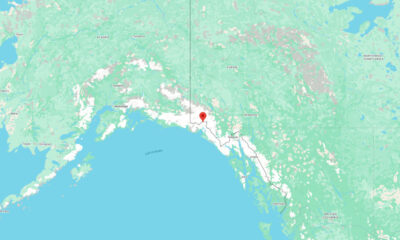
 US News1 day ago
US News1 day agoMagnitude 7.0 earthquake strikes near Alaska–Canada border
-
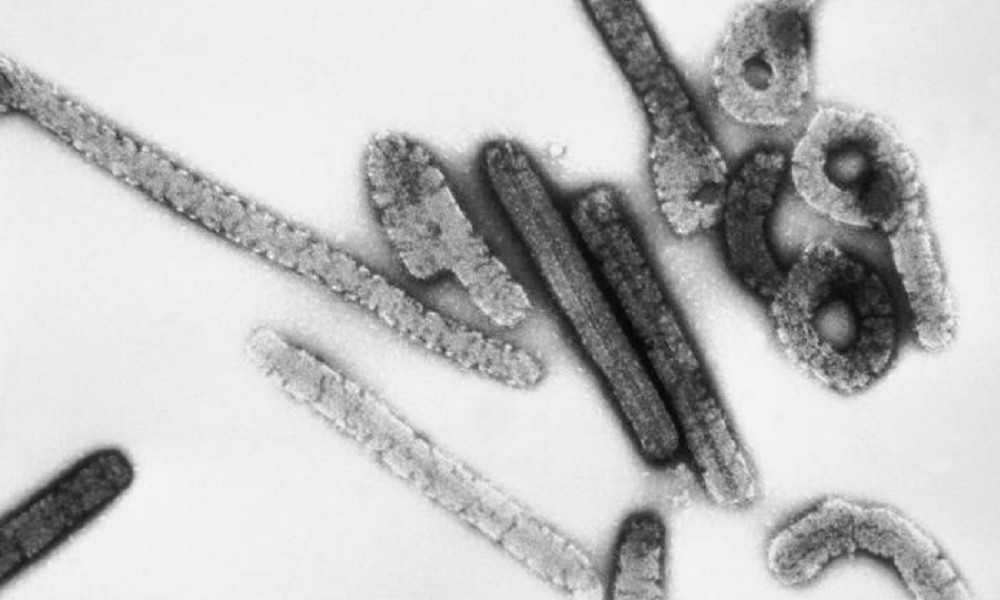
 Health5 days ago
Health5 days agoEthiopia reports new case in Marburg virus outbreak
-

 Legal3 days ago
Legal3 days agoWoman detained after firing gun outside Los Angeles County Museum of Art




